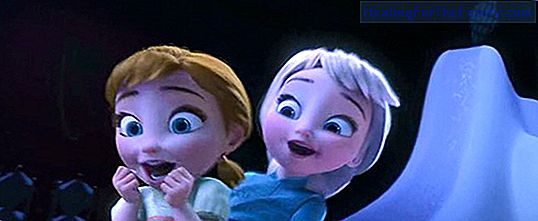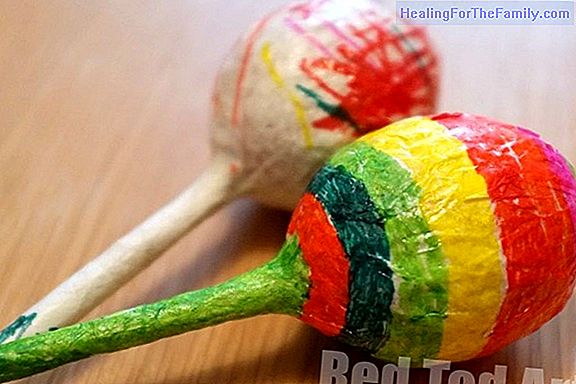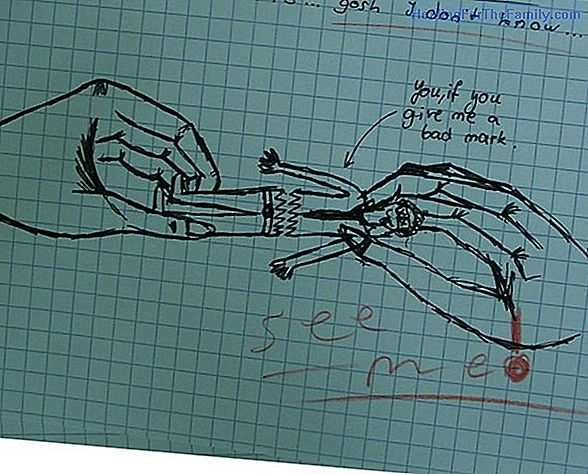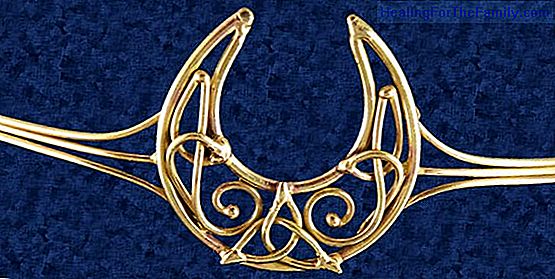Ambidextrous children
The development of laterality is an evolutionary fact that consists of the child's inclination to systematically use one of the two symmetrical parts of the body. There are children who are equally skilled with both hands and are able to perform tasks with both with the same degree of effectiveness
The development of laterality is an evolutionary fact that consists of the child's inclination to systematically use one of the two symmetrical parts of the body.
There are children who are equally skilled with both hands and are able to perform tasks with both with the same degree of effectiveness. This is what we call ambidextrism.
What is the cause of ambidextrism in children?

To this day it is believed that the number of pure ambidextrous is reduced. In addition, there are aspects that make us think that it may really be a case of lack of lateral dominance. This occurs in left-handed children who have been forced to write with the right hand or by right-handed children who, for different reasons, have had to learn to use the left.
How to know if a child is ambidextrous?
To assess the child's manual preference, different tests can be used, such as the following:
- Ocular preference: we will ask the child to look through a "spyglass" or through a hole printed on a card. We will observe with what eye you do it.
- Manual preference: we will give the child an object and we will see with what hand he picks it up.
- Leg preference: we will ask the child to kick a ball or a ball to see which leg he chooses for it.
Is it necessary to treat ambidextrism in childhood?
Sometimes, this type of laterality is related to learning disorders, more specifically reading and writing.
Therefore, it is necessary for the appropriate professional to assess the need for intervention to avoid repercussions on other areas of the child's life. Therefore, if you have any questions, do not hesitate to consult with professionals!












